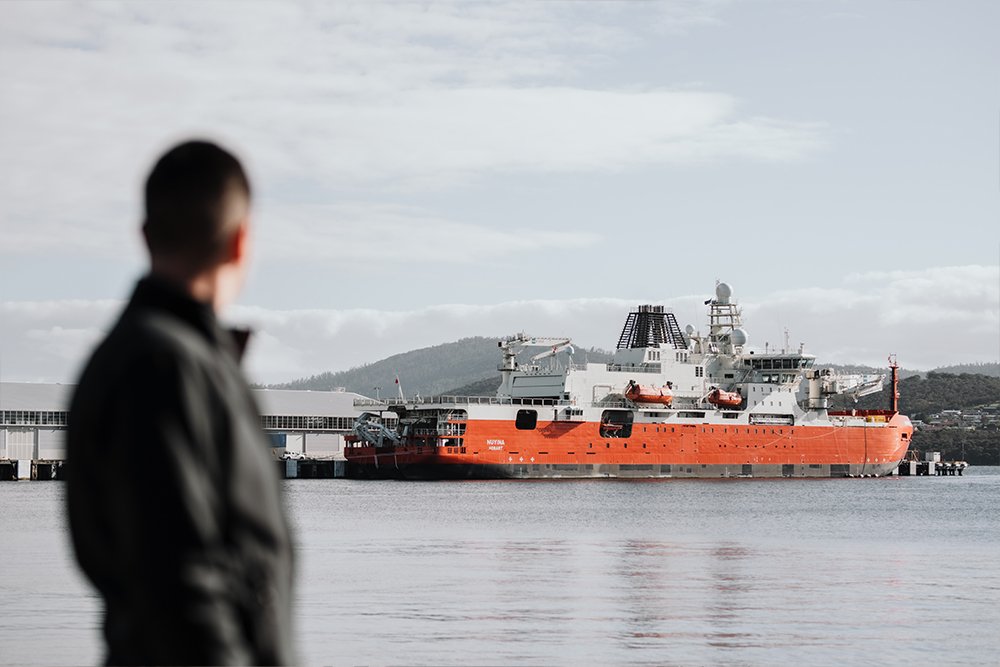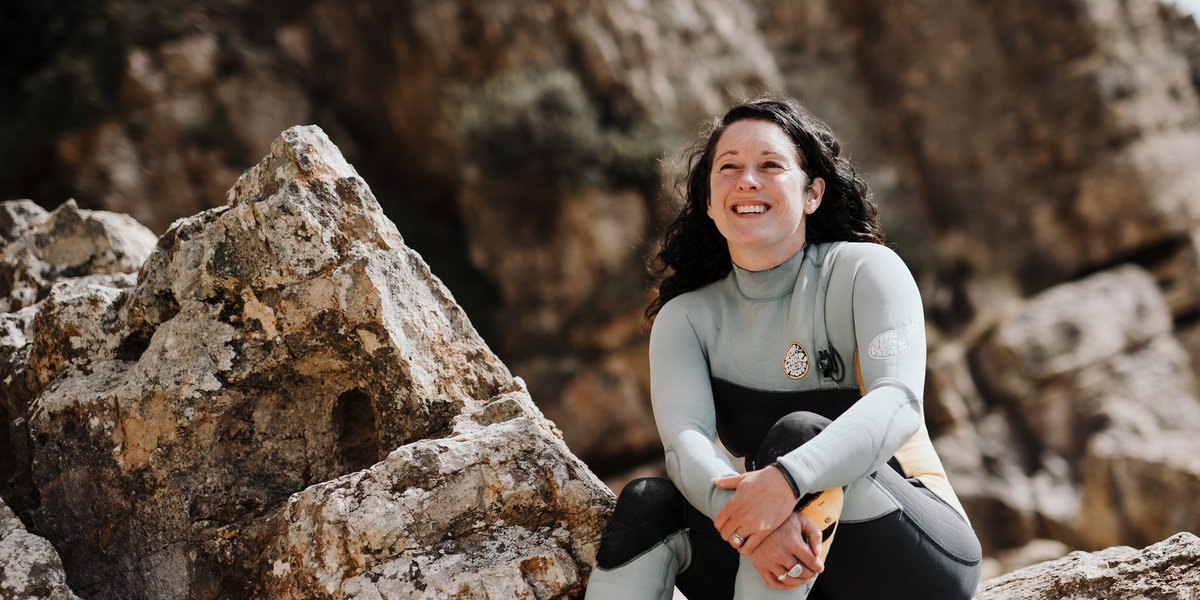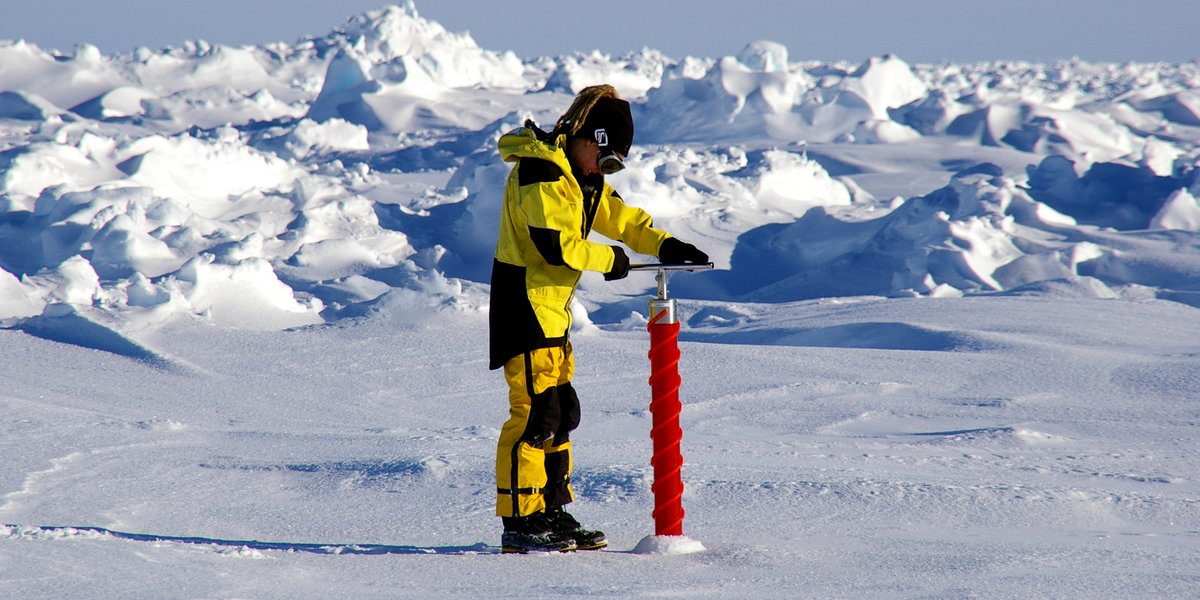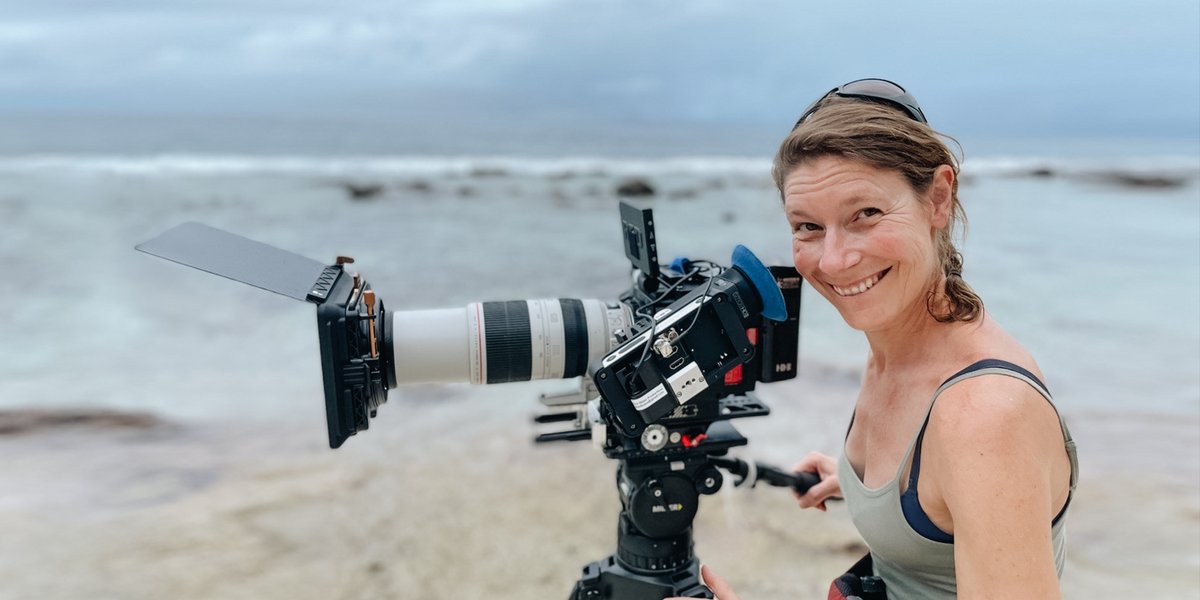Alex Fraser
“It sounds really clichéd, but you feel like you’re making a difference in the world. You’re reducing uncertainties in future climate projections. It gives you the warm fuzzies.”

“UTAS, IMAS and the AAPP have really been at the forefront of Antarctic fast ice studies. We see it as a missing piece of the puzzle in climate projections."

‘Fast ice’ — contradictory to what one might think — doesn’t actually move very fast. In fact, it doesn’t tend to move at all.
Its full scientific name, landfast sea ice, gives a better understanding of its properties: fast ice attaches to the coastline of the Antarctican continent like a belt, regulating the flow of ice shelves and glaciers into the sea.
A lot of young people, growing up in Devonport, look in the opposite direction to Antarctica’s coastline. They face north across the Bass Strait, towards the big cities. Others feel the call of the south. Dr Alex Fraser was one of them, even if he had no idea he would end up devoting his life to ice.
Alex left the North West Coast to study a combined degree in Computing and Science at the University of Tasmania (UTAS) in Hobart. He liked the small community, the relaxed culture, and the natural environment of Hobart. He also liked the science.
“In my third year of physics there was a unit in Atmospheric Physics, which had guest lectures from several academics at the Australian Antarctic Division (AAD). So for my honours, I ended up doing a project in satellite remote sensing of the atmosphere over Antarctica. I realised: satellites, Antarctica—that’s where I want to go.”
Alex knew he wanted to be in academia, and he knew he wanted to be in Tasmania. A career in Antarctic science was a natural fit.

There are many reasons to study fast ice. It’s an important habitat for emperor penguins, and when fast ice breaks out into the Southern Ocean it spawns big phytoplankton blooms, which can be carbon sinks.
Fast ice is a difficult thing to measure, however.
Antarctica has a tendency to attract high cloud cover, making satellite imagery difficult to read. In 2010, Alex worked toward a new process that merged and analysed the images, distilling 150,000 images into 159 clear composites that showed a change in the fast sea ice—the first dataset of its kind anywhere in the world. His current research for the Australian Antarctic Program Partnership at the Institute of Marine and Antarctic Studies (IMAS) characterises the physical properties of sea ice, which will lead to a better understanding of the effects of climate change in Antarctica.
“We’ve been able to measure the horizontal extent and concentration of sea ice since the 1970s,” Alex says. “Both around Antarctica and in the Arctic. But that's about all we've known for a really long time—the horizontal extent doesn’t tell us anything about the thickness of the ice, or the roughness, or how far the waves are penetrating. These are all really important climate parameters.”
At the other end of the globe, in the Arctic, climate change is responsible for a significant decline in ice extent. In Antarctica, Alex says climate change is having a different effect.
“From 1978, until about 2015, we actually had a steady increase in extent of Antarctic sea ice. Then around 2016 there was a sharp decrease, and it’s bounced back a little since then. We really didn’t expect to see an increase in trend, given that the Southern Ocean is absorbing heat and the atmosphere around Antarctica is warming. We also didn't see that sharp decrease coming in 2016. These are all reasons why we need more information about sea ice.”

Alex and his colleagues try to measure sea ice thickness remotely using altimetry. A signal is sent from a satellite to the surface of the Earth, and they measure the height of the surface by recording the time it takes to come back. Ice has a density similar to water, so only a small portion sits above the waterline... making this technique very difficult to achieve. They verify this data in person, travelling to Antarctica and taking samples of the ice. Once Alex and his colleagues understand the physical properties of the sea ice, they’ll be able to translate this baseline knowledge into the next generation of models for the Intergovernmental Panel on Climate Change’s (IPCC) assessment reports.
Hobart is an Antarctic Gateway City, one of only five around the world. Its connection to the southernmost continent began in the 1800s, as a re‐supplying port for sealers and whalers, and from the beginning of the 20th century Antarctic explorers used Hobart as their port of departure and return from expeditions. Today, Hobart continues to have a unique geographic, cultural and economic connection to Antarctica, with scientists such as Alex quietly working to make the impossible possible.
There are multiple Antarctic research centres around the world, but not all centres study sea ice physics.
“UTAS, IMAS and AAPP (the Australian Antarctic Program Partnership) have really been at the forefront of Antarctic fast ice studies. We're really moving the game forward; it's really been under appreciated before, but we see it as a missing piece of the puzzle in climate projections.
“It sounds really clichéd, but you feel like you’re making a difference in the world. You’re having an impact on how the next generation models treat sea ice, reducing uncertainties in future climate projections. It gives you the warm fuzzies.”
Alex Fraser is one of five Antarctican-Tasmanians featured in partnership with our friends at Antarctic Tasmania.

We worked with southern Tasmanian photographer Jon Gazzignato for this Tasmanian story.
Read about more Tasmanians

Virginia Andrews-Goff

Jess Melbourne-Thomas
